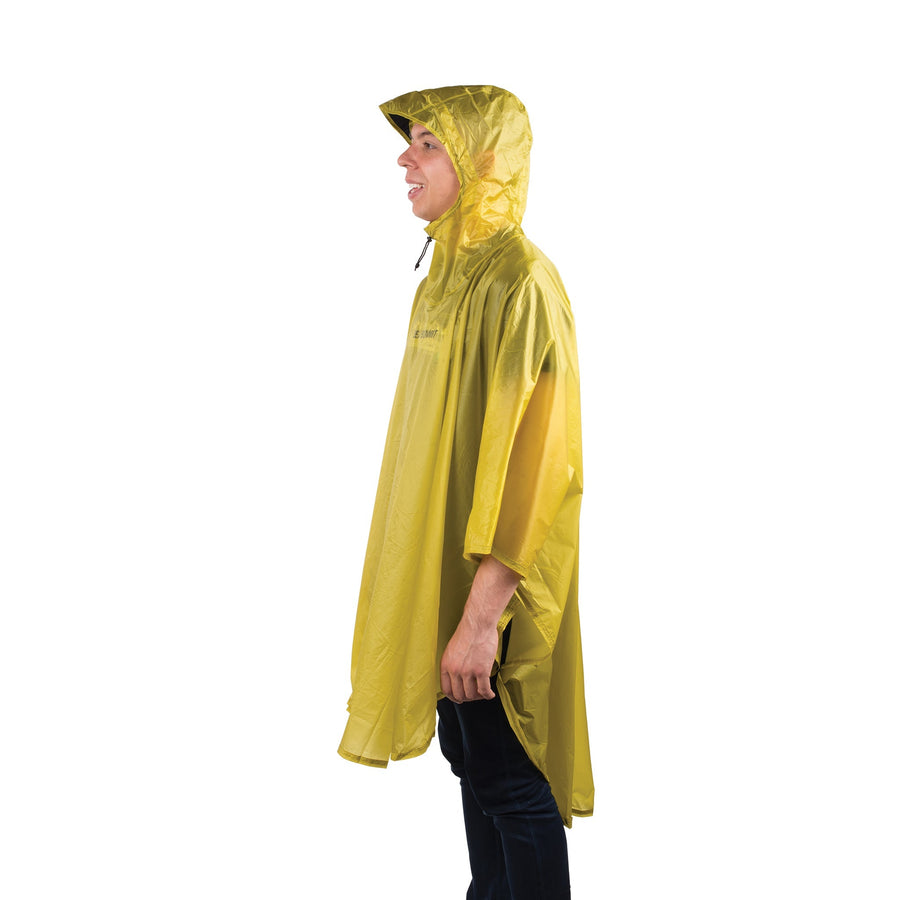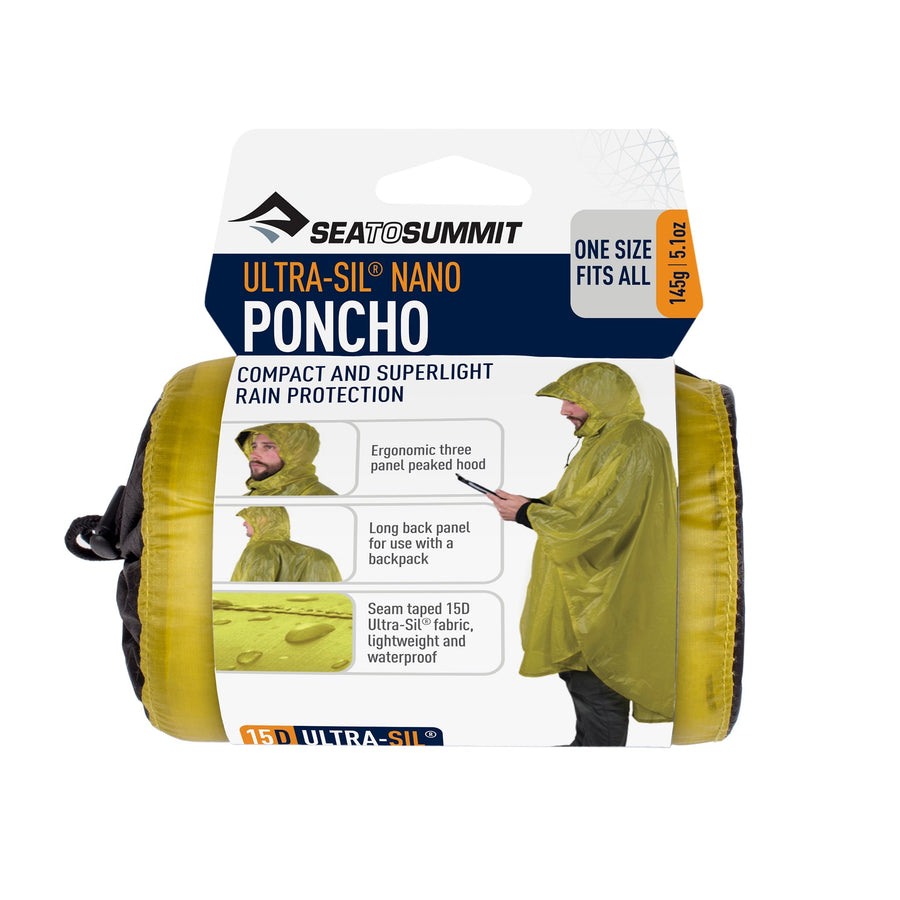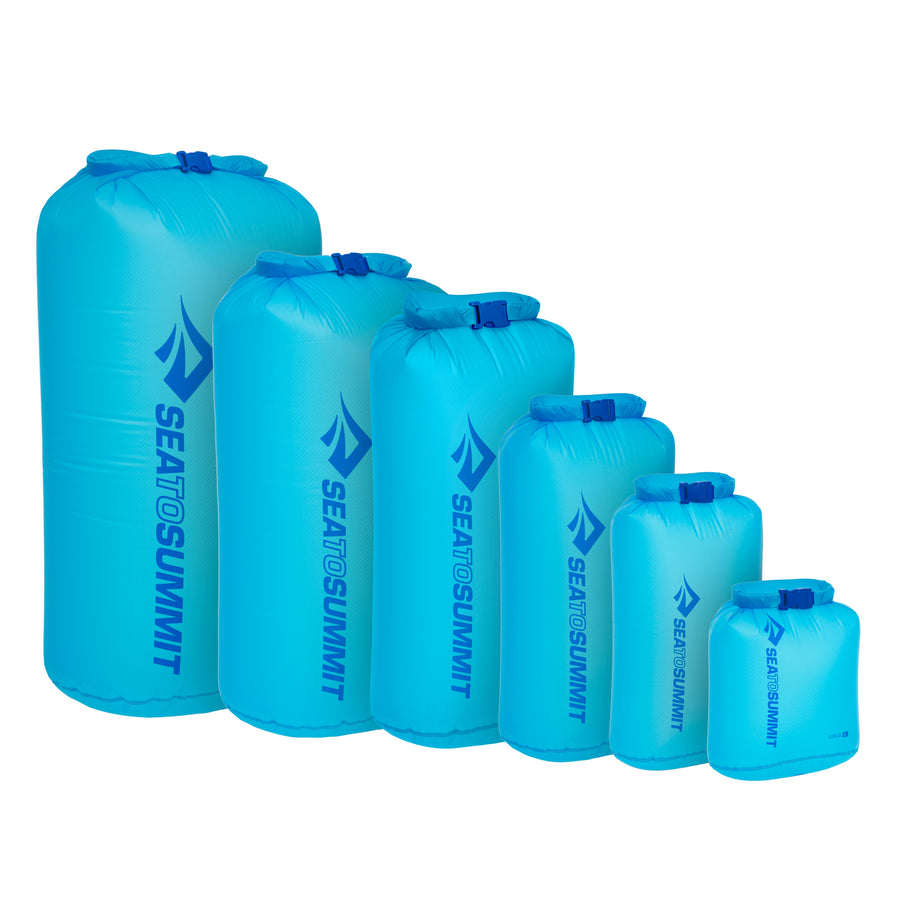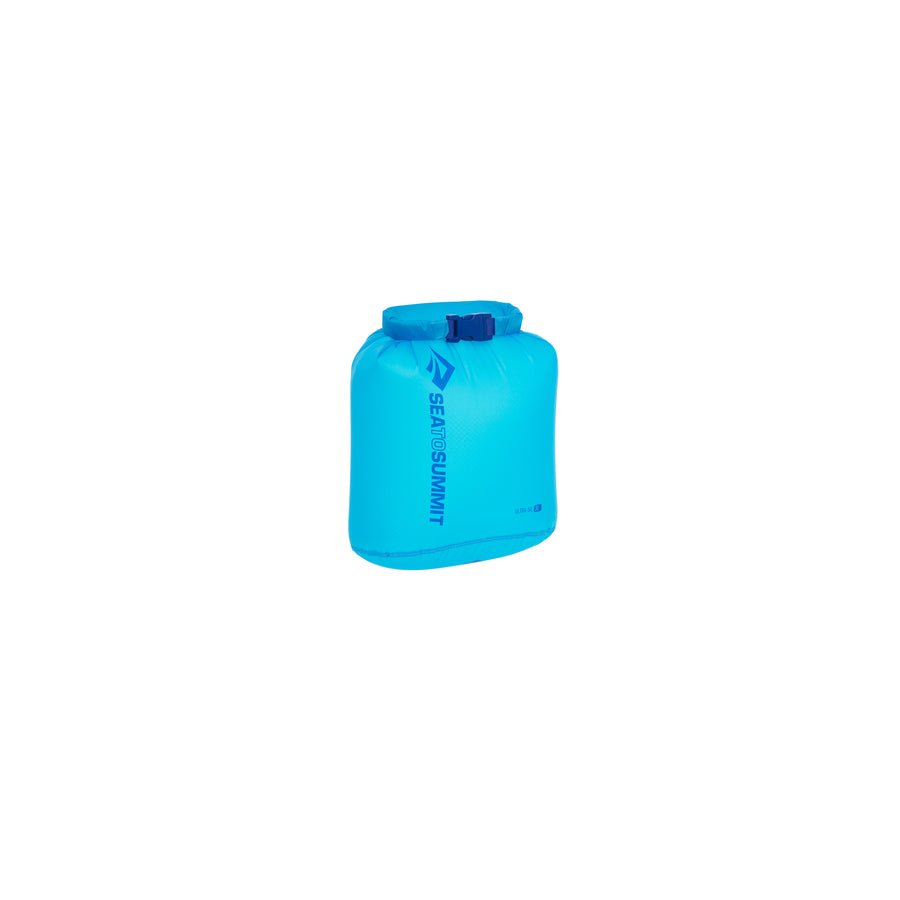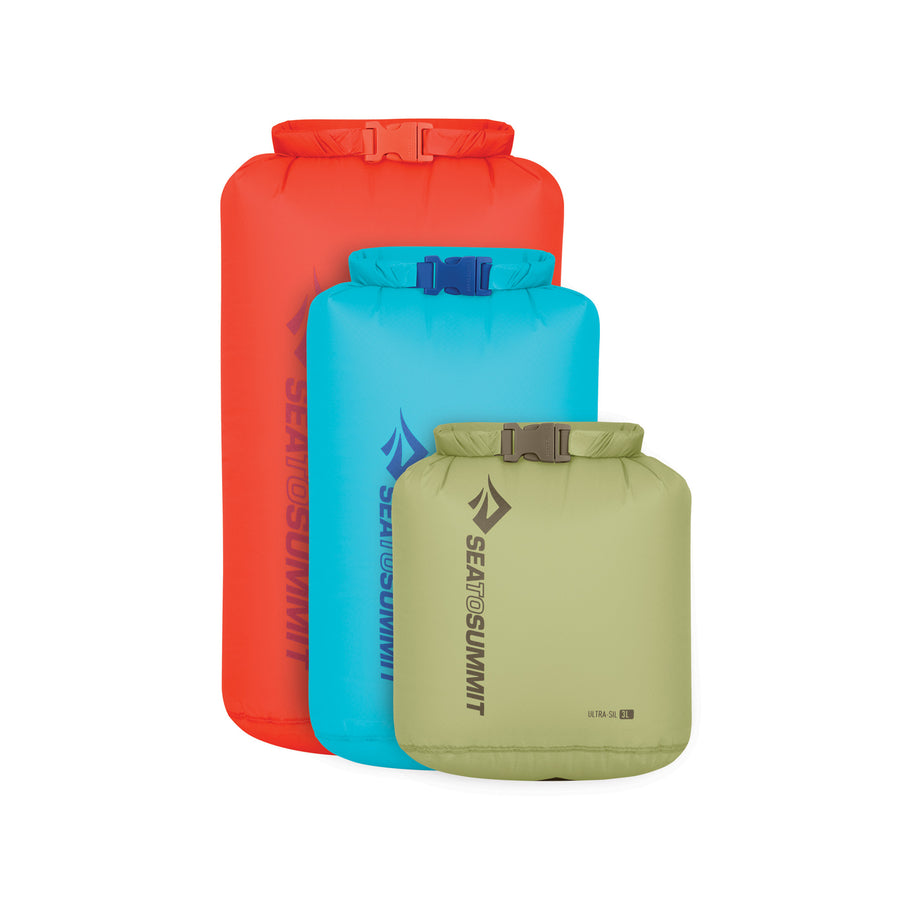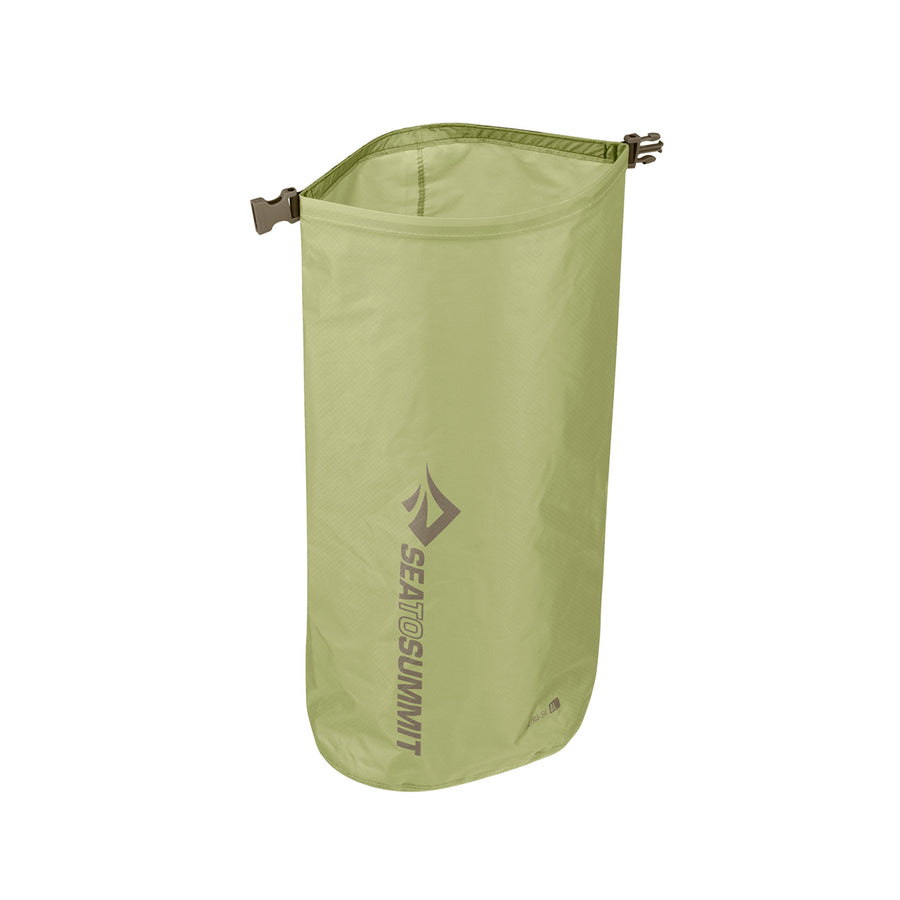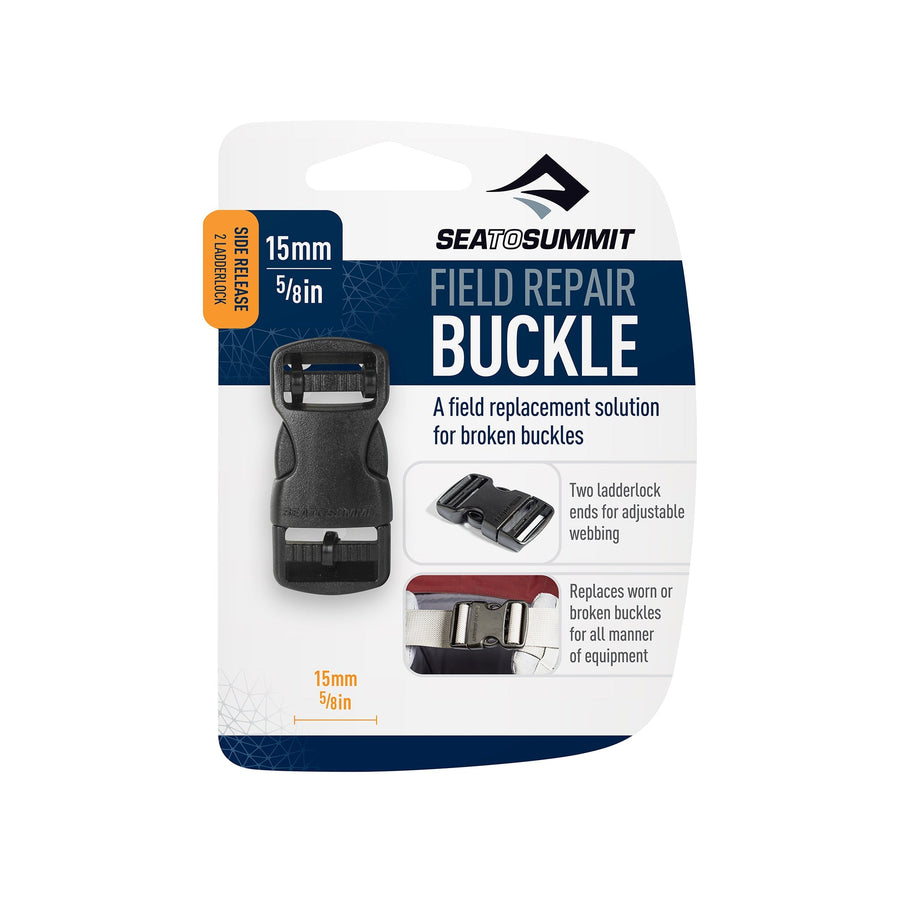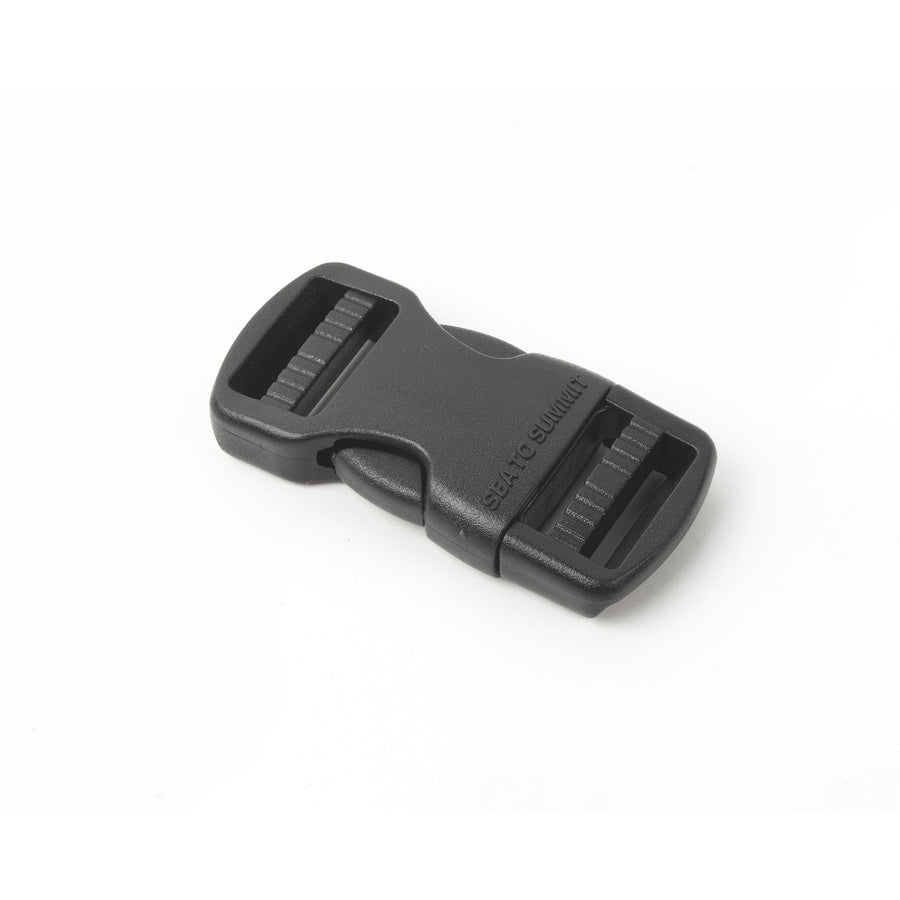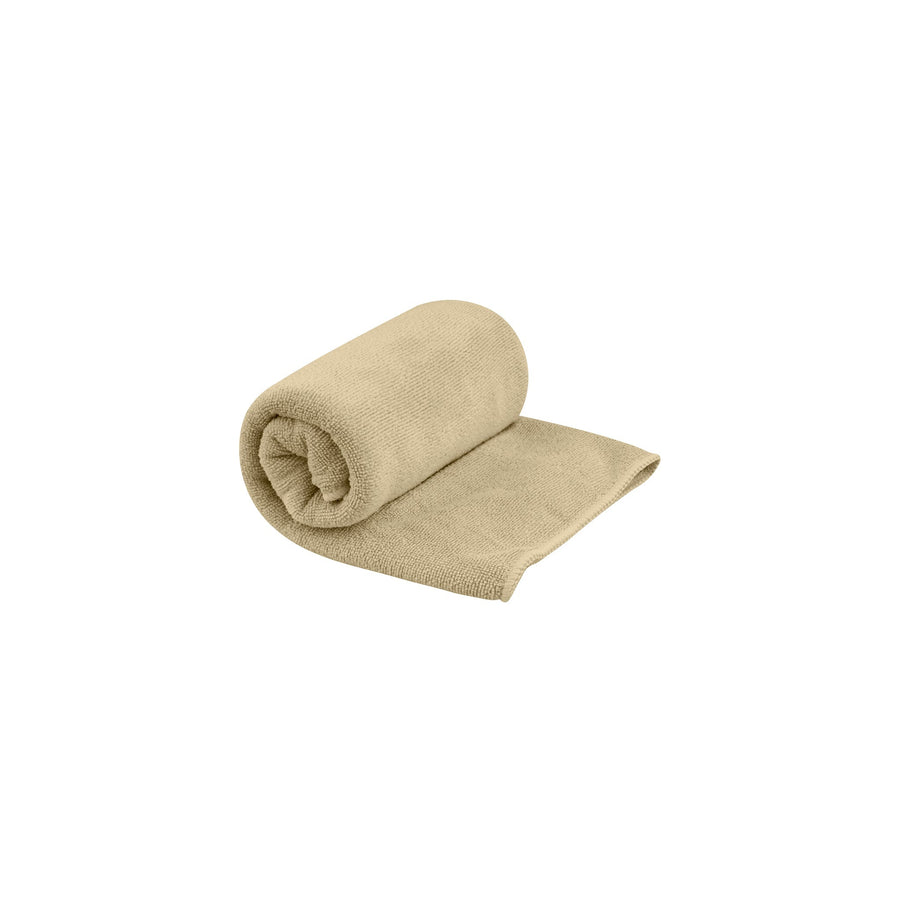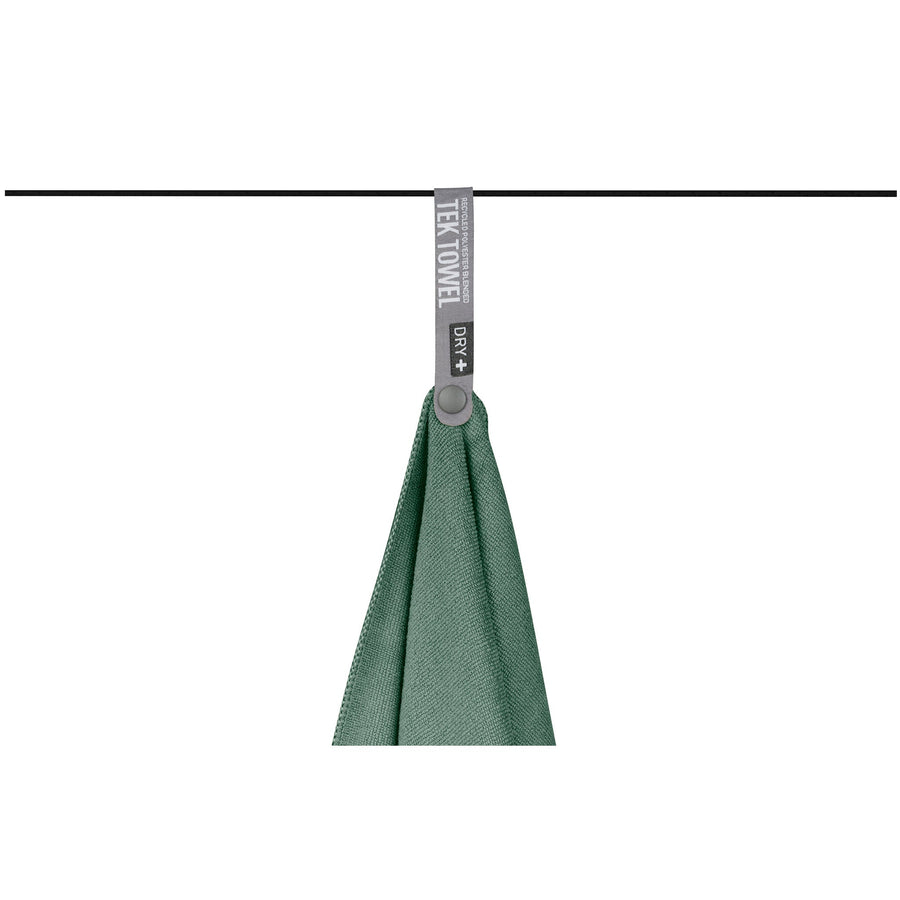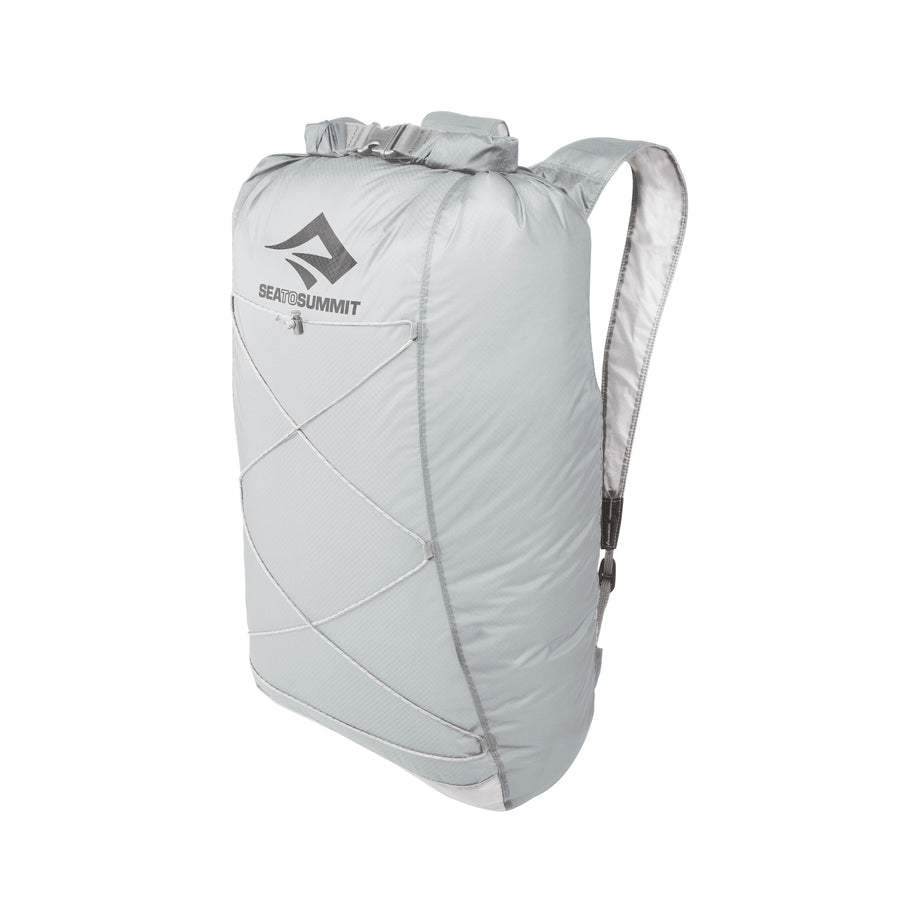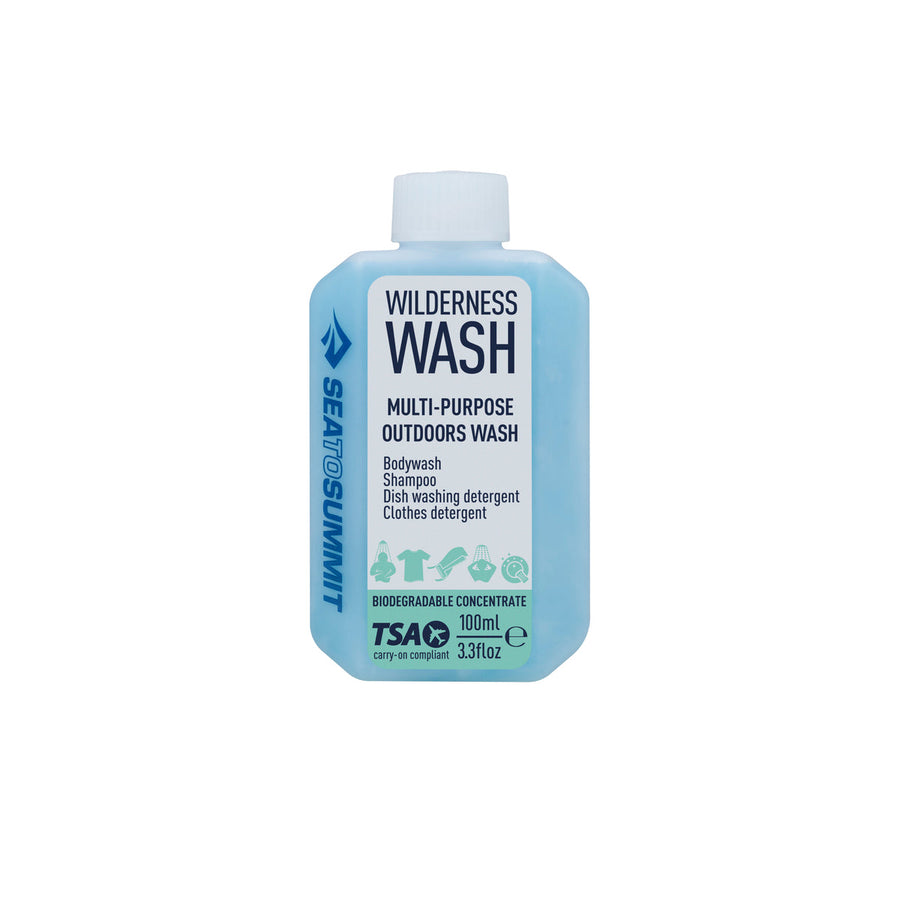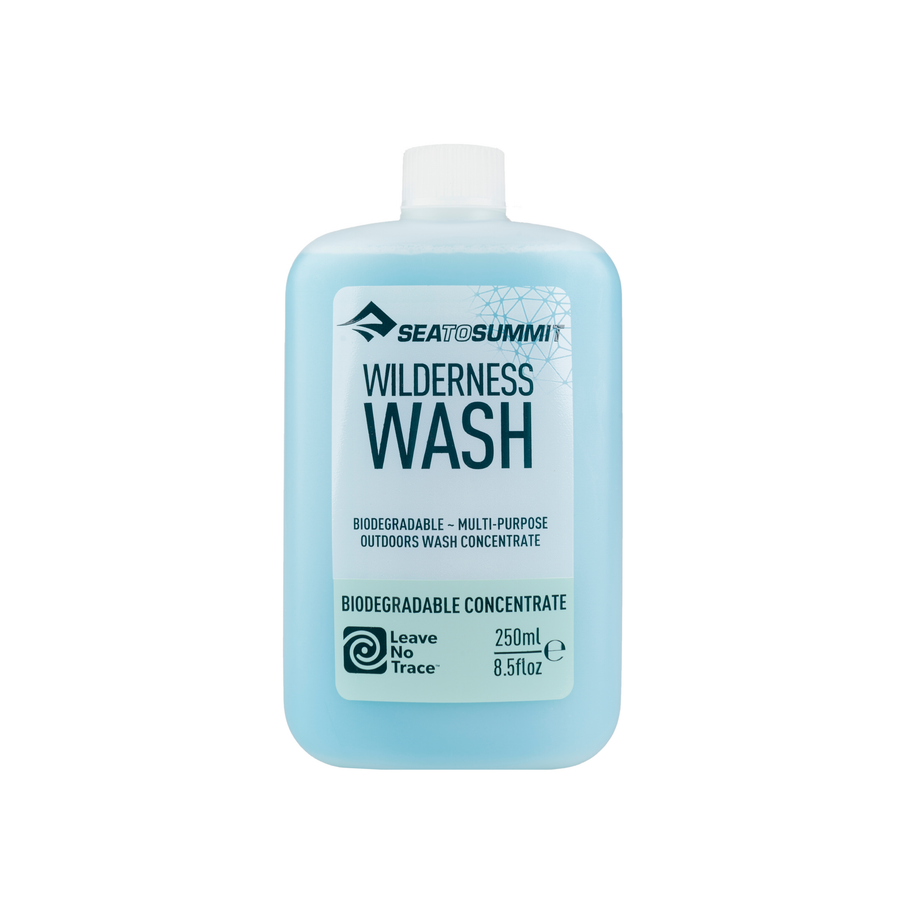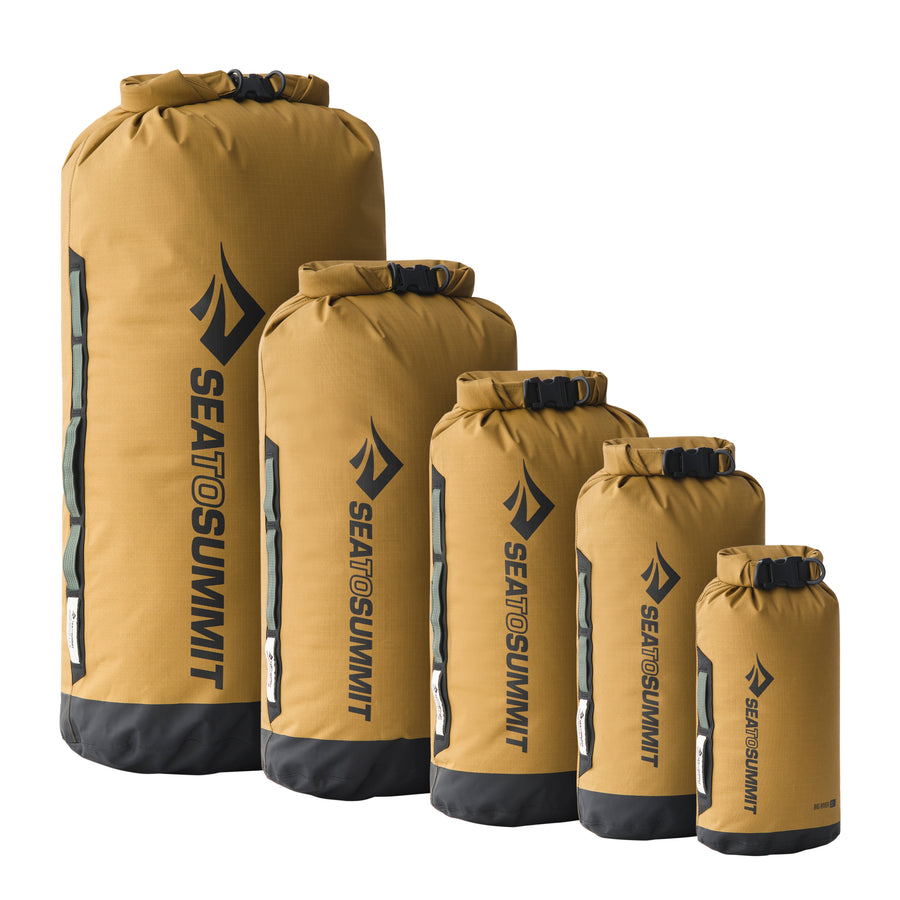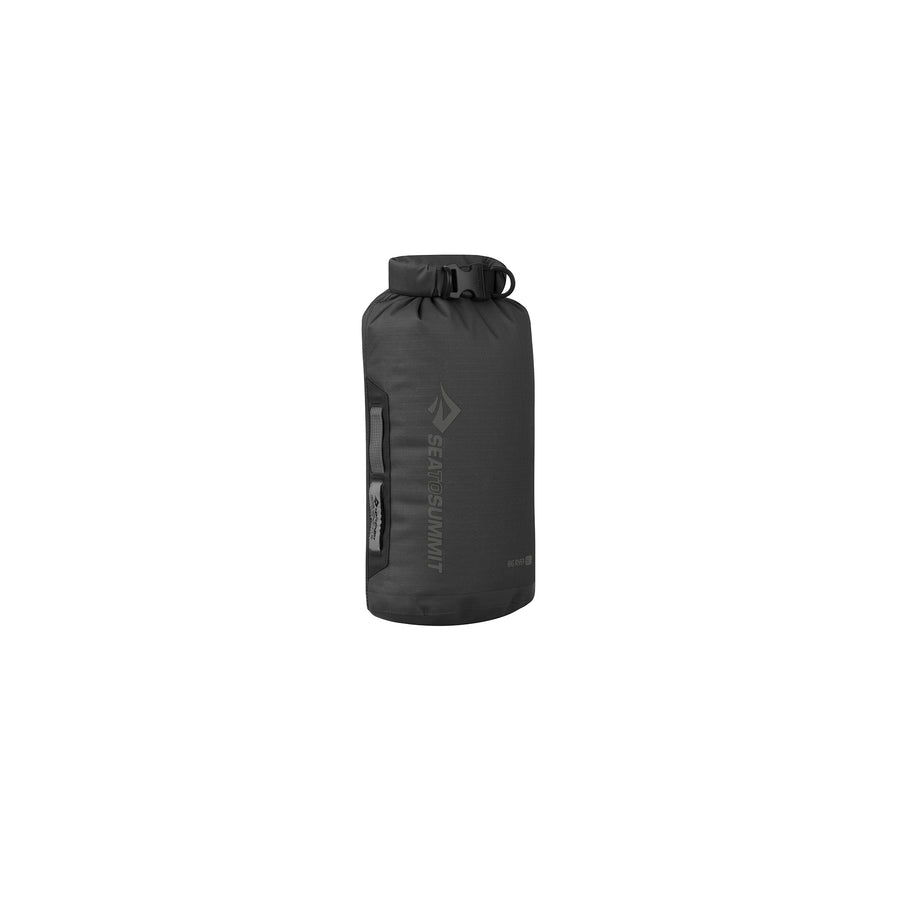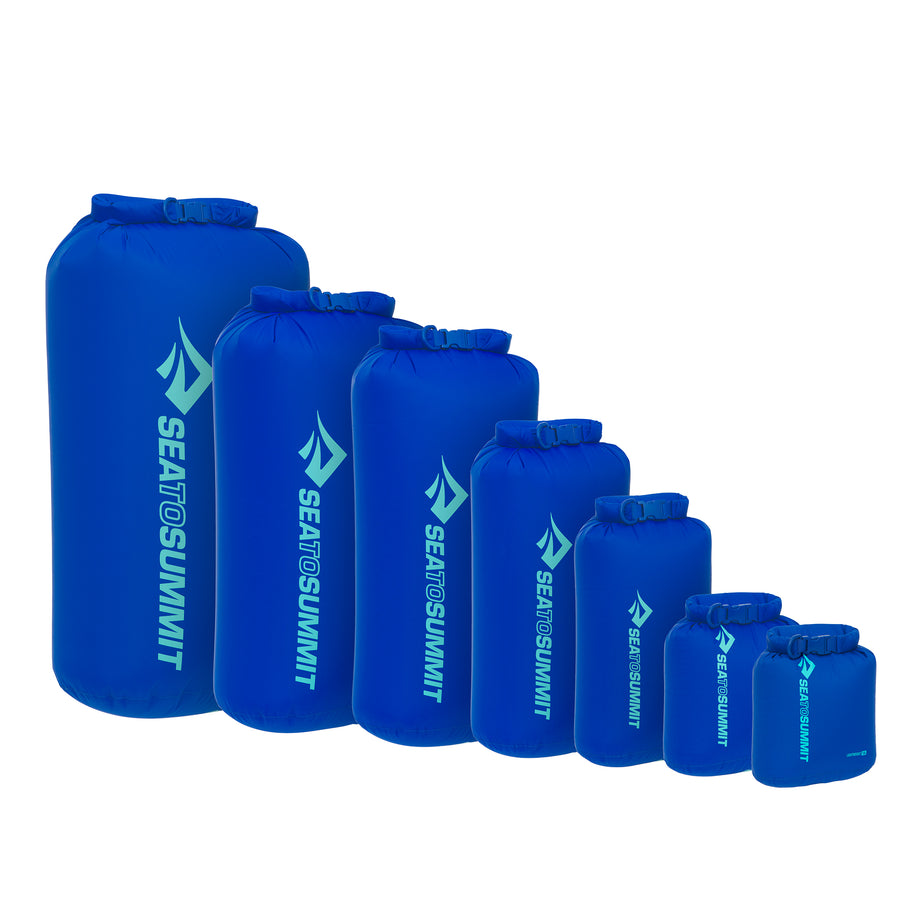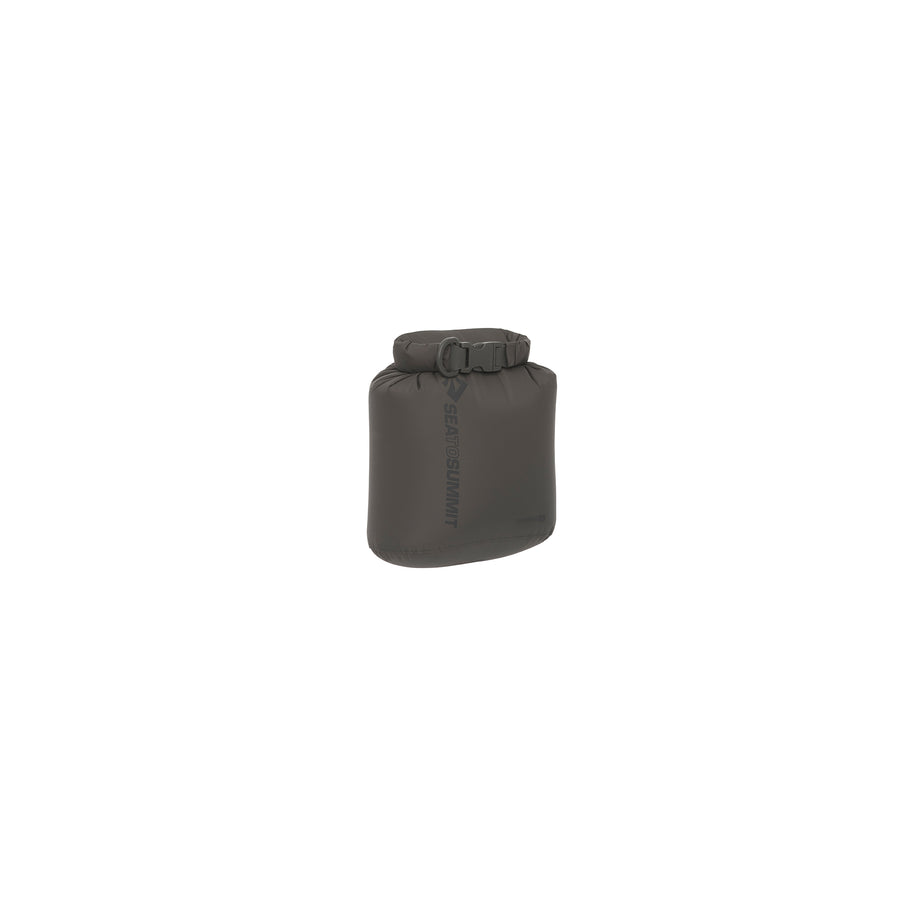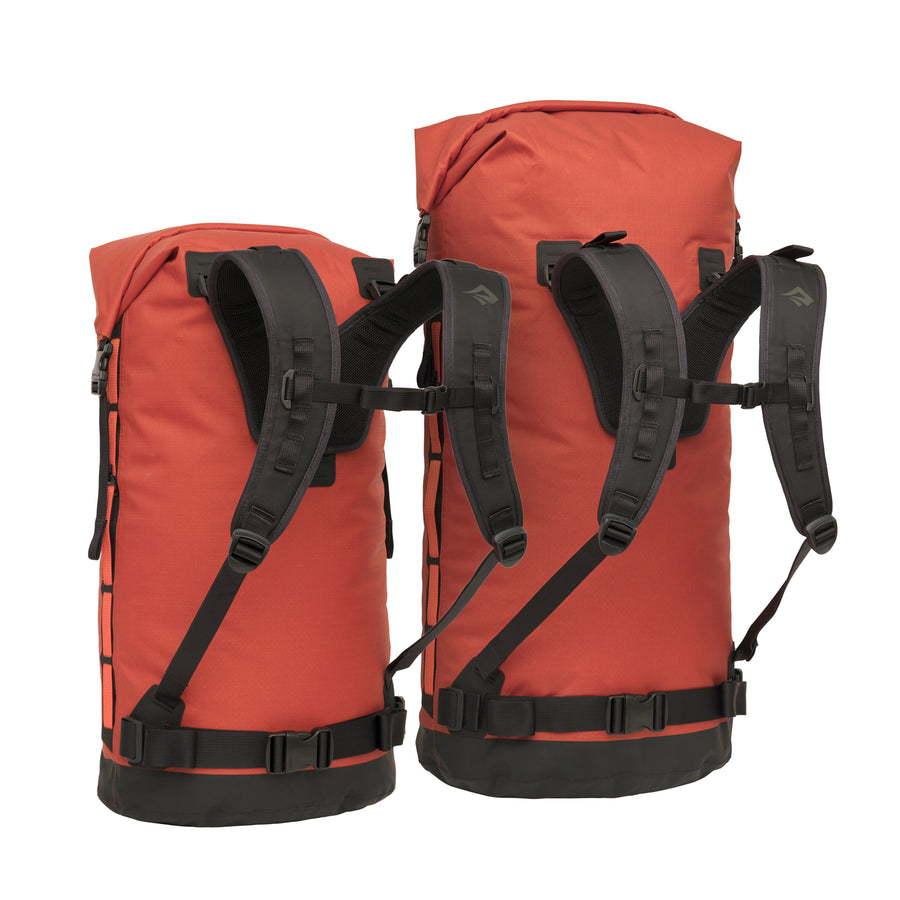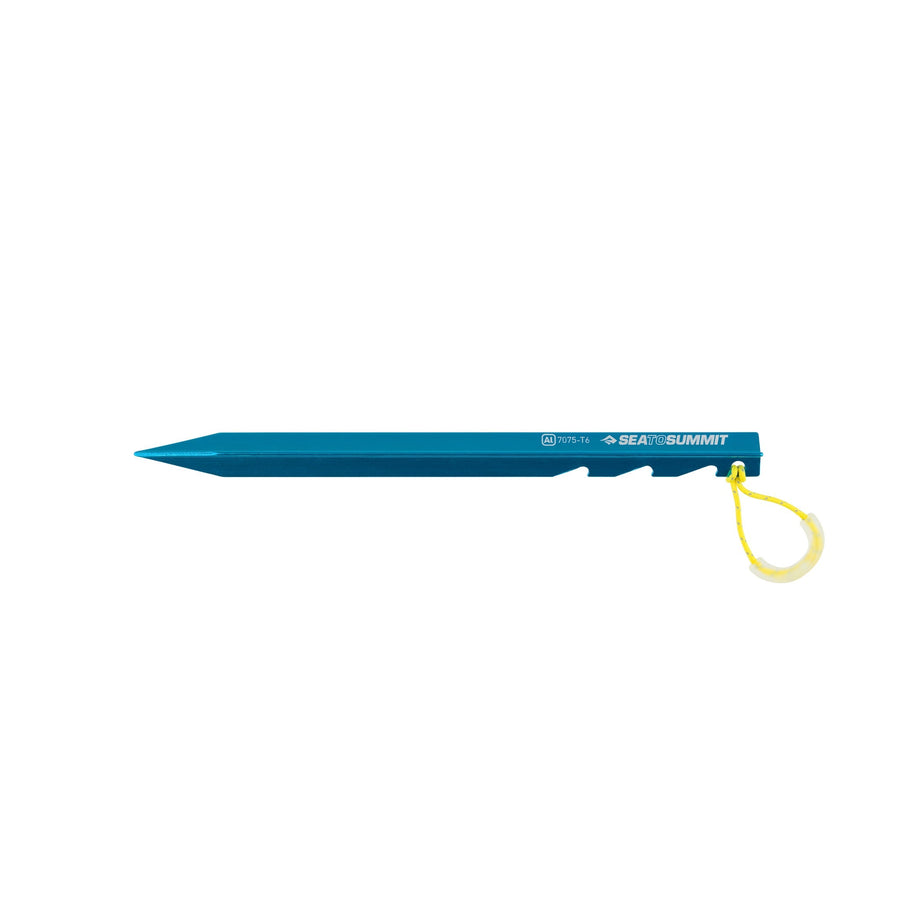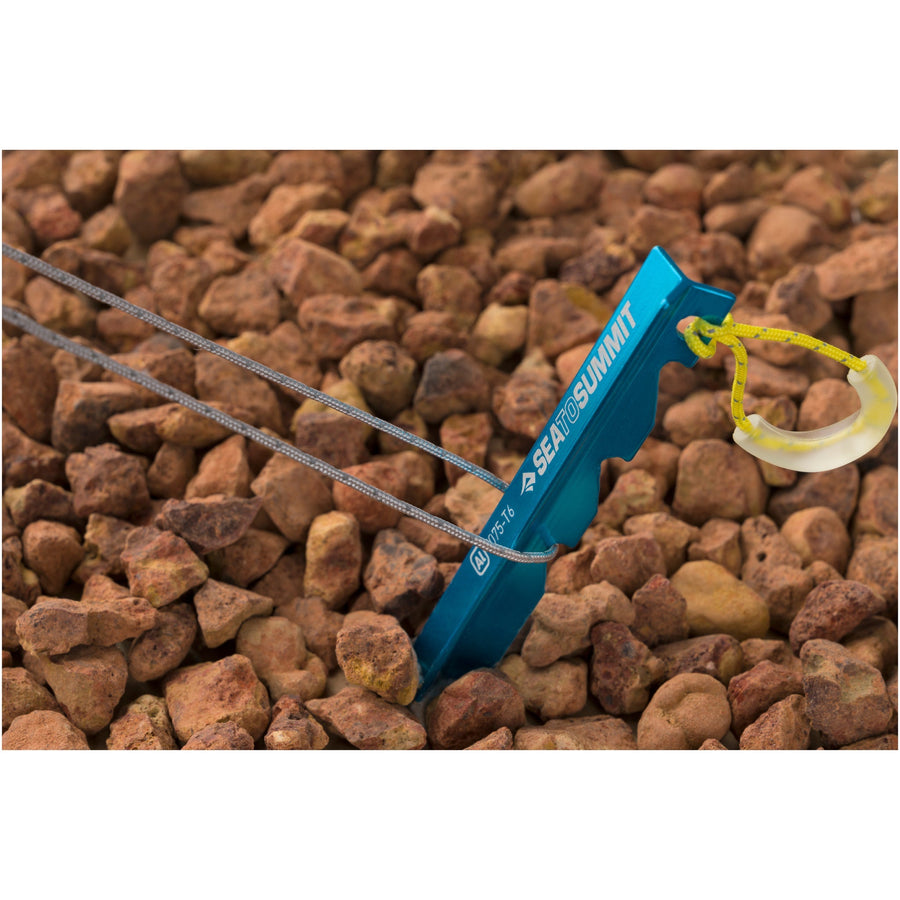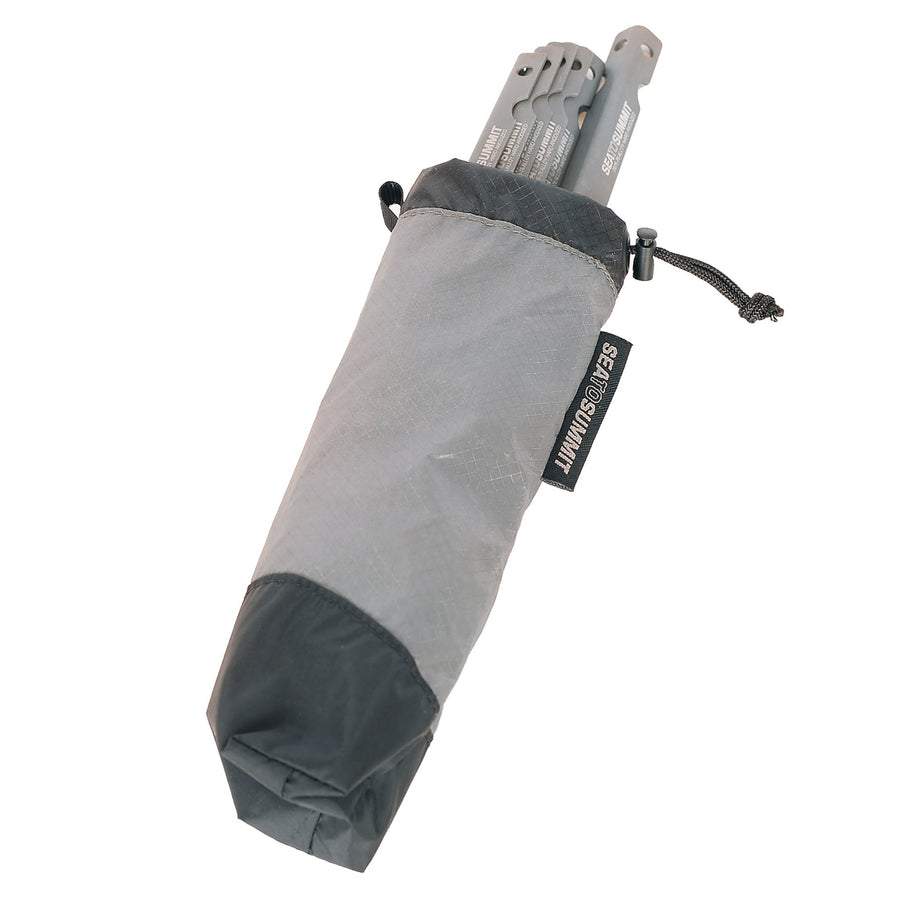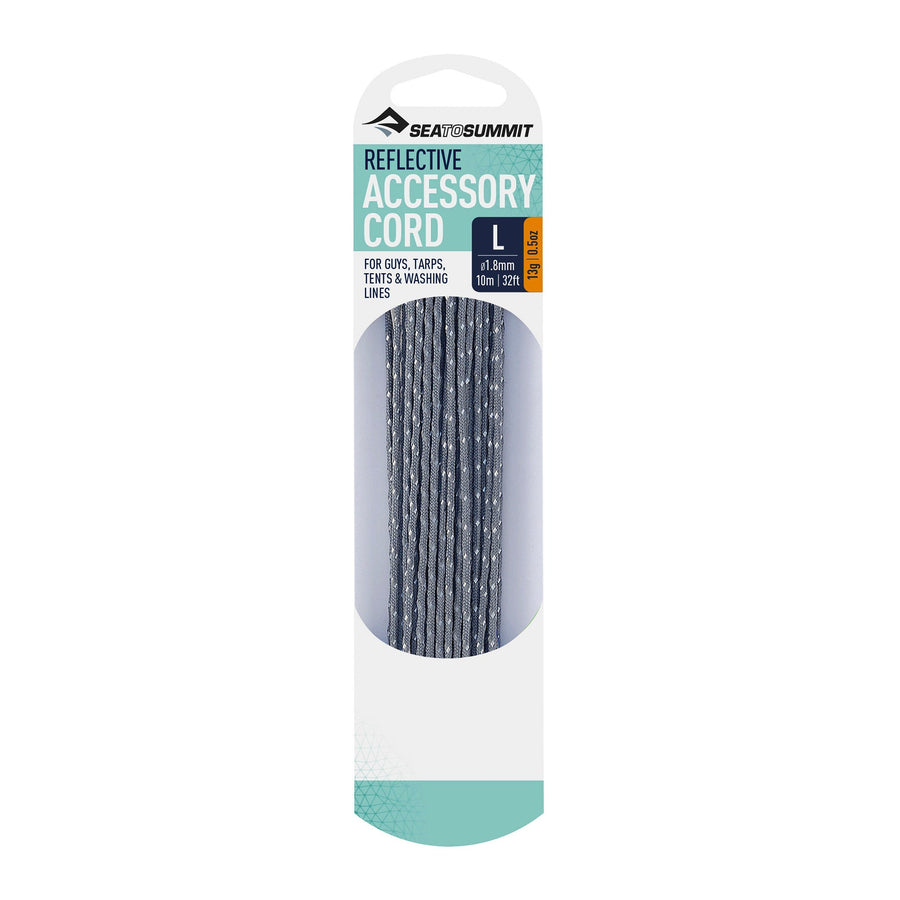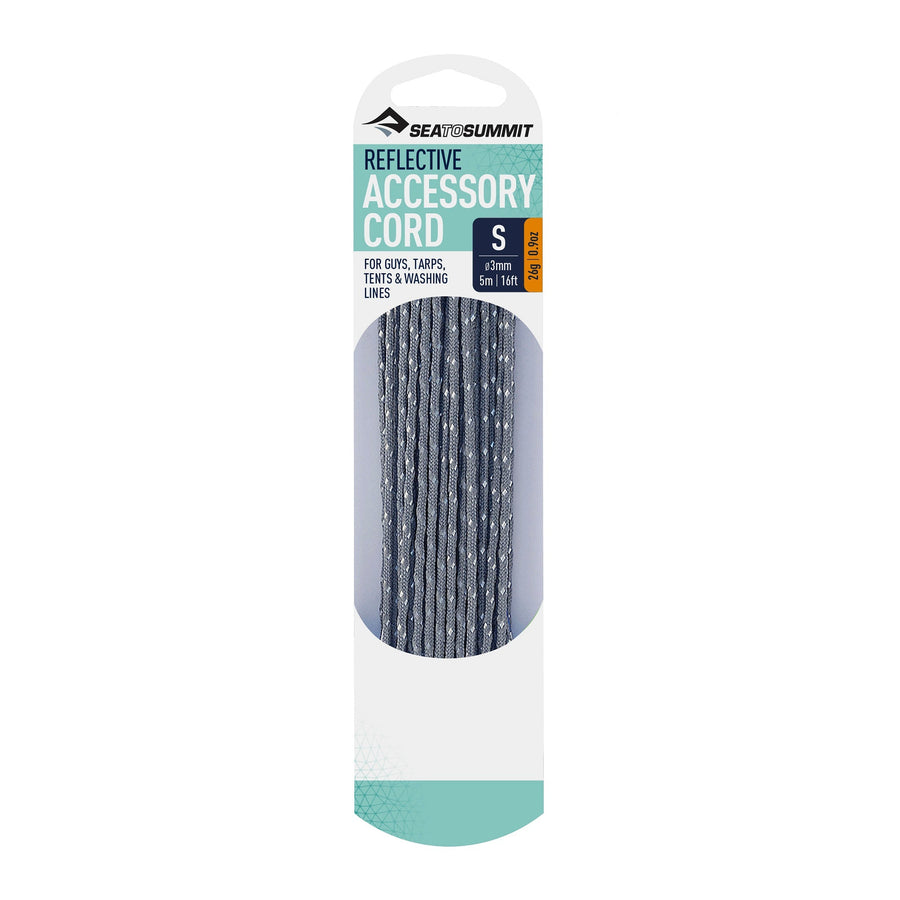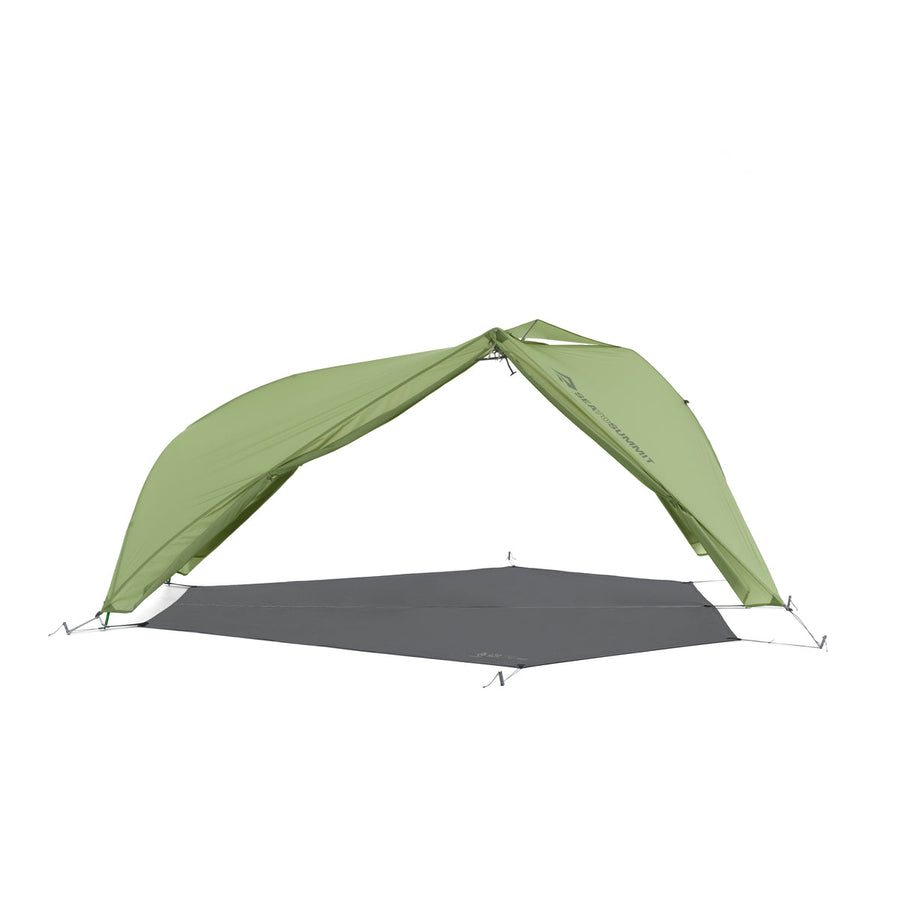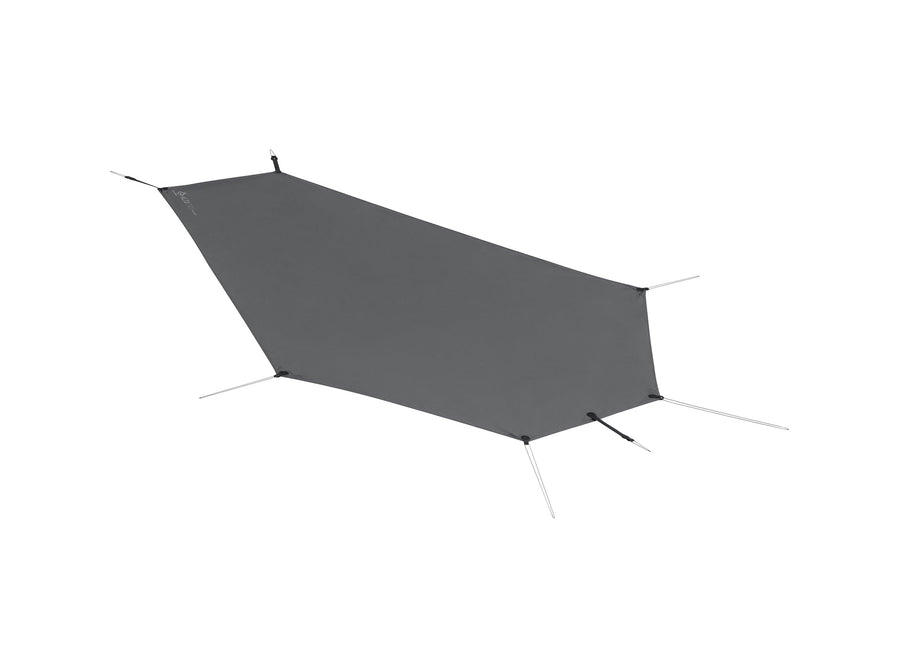Getting the best from your X-Pot

Our Backpacker Magazine Editor’s Choice Award-winning X-Pots are starting to be put to use around the world. With the introduction of such a new concept in backcountry cookware, there are bound to be some questions. We have put together a roundup of some of the most frequently asked in order to help you get the most out of your X-Pot.

Heat exposure
Won’t heat damage the silicone rubber sides?
X-Pots are designed to be used on backpacking stoves or camping stoves. In both cases, the burner (and the flame produced by it) will be much smaller than the base of the X-Pot. Under these conditions, the X-Pot will work great – we’ve tested them over many, many hours. The key point is that the silicone rubber is not exposed to direct flame – if you have a burner that has a flame pattern wider than the base of the X-Pot, the burner and X-Pot are not suitable for use together. Also, the X-Pot must be fully ‘popped up’ before use to prevent flame contact with the silicone rubber sides. The X-Pot is not intended to be utilized as a ‘frying pan’ (i.e. used on a burner with the sides folded down) – this will result in damage to the X-Pot. Sea to Summit has an X-Pan which ideal for sautéing or frying food – see ‘What can be cooked/heated in an X-Pot’ below.
Can I use the X-Pot on a campfire?
A campfire will have a much broader flame pattern than the base of the X-Pot and therefore would expose the silicone rubber sides to direct flame. Do not use your X-Pot on a campfire.
Can I use a stove with a windscreen with the X-Pot?
We would recommend not using a windscreen, or only deploying the windscreen to cover a small portion of the area around the pot on the windward side.
This is because a windscreen will concentrate heat along the silicone sides of the X-Pot which would otherwise dissipate. This can lead to warping of the lid of the pot (or damage to the handles of the X-Pot/Kettle), and in extreme cases may damage the silicone rubber walls.
Can I use the X-Pot in an oven (Dutch oven/solar oven etc.)?
The transparent lid of the X-Pot is designed for use on a backpacking stove; it is not suitable for use in an oven.
As mentioned above, X-Pots are designed for use on a backpacking or camping stove. They are not intended for use on domestic cooking stoves which will have a broader flame pattern and may have a higher heat output (up to 12.500 BTU) compared to a backpacking stove (approximately 6000 BTU).

What can be cooked/heated in an X-Pot?
Can I cook inside the X-Pot, or is it just for boiling water?
An X-Pot is not designed for frying or sautéing. As mentioned above, Sea to Summit offers the X-Pan and Alpha series cookware for this type of cooking use. Frying – including stir-frying – or sautéing may damage the silicone.
It is essential that at all times while cooking, the internal surface of the aluminum base is completely covered by water (or similar liquid) up to the level of the silicone. Please take particular care when cooking grains, mashed potatoes or rice as these foods can soak up the liquid they are being cooked in and stick to the aluminum base.
Can I use the X-Pot to melt snow?
You can – if you follow the same guidelines you would with any lightweight backcountry cookpot. The water content of snow varies significantly – from heavy and wet (above 50% water) to dry powder. Dry powder snow, such as we see in the Rockies, may have less than 10% water content by volume; the rest is air. If this is melted in a pot, the snow crystals touching the base of the pot will melt very quickly and evaporate up through the remaining crystals leaving the base of the pot with nothing to cool it. To prevent damage to the base, ideally, you should have some water in the base of the pot before you begin. If this is not possible to start with a very small volume of snow and heat it extremely gently until it melts and then add more snow.
What about chemicals leaching into my food or water?
The silicone material we use is food grade; it contains no chemicals at all which will leach into food or water. The base of the X-Pot is hard-anodized aluminum; the anodization will prevent any contact with the aluminum itself and is therefore also perfectly safe. The lid is made of a special plastic which is BPA-free.
How should I wash my X-Pot?
Is the X-Pot dishwasher safe?
X-Pots have a hard-anodized aluminum base. The anodization would be damaged by the caustic chemicals in the dishwasher cleanser – therefore, like all other anodized tableware and cookware, X-Pots should not be washed in a dishwasher.
Can I use the scouring side of a sponge to clean an X-Pot?
It’s best not to use the scouring side of a dishwashing sponge on the silicone – it can cause micro scratches which will make it more difficult to clean in the future. If you have cooked something which has adhered to the silicone, just leave the X-pot full of water to soak, then use a good backcountry soap (such as Wilderness Wash) to remove the residue.
Questions about construction/usage
Are the silicone handles (the side mounted ‘wings’) designed to be attached to the lid during cooking? Absolutely not – the handles are intended to secure the lid to a collapsed pot only. This is useful when transporting the X-Pot: you can nest X-Bowls/Mugs and even the 1.3L X-Pot/Kettle inside and the secured lid ensures that your camp kitchen stays together. Attaching the side mounted handles (‘wings’) to the lid during cooking could cause damage to the lid.
Can I use metal utensils when I’m cooking in an X-Pot?
The hard anodization of the aluminum base is very tough and scratch resistant. You can use metal utensils – although if you do so it’s still worth paying attention to make sure that they don’t strike the base too hard. We would always recommend nylon utensils over metal for this application.
Why a plastic lid instead of aluminum?
We wanted the user to be able to see what was happening inside the X-Pot during the cooking process – this means that you don’t have to keep lifting the lid to check on the contents (which saves you heat and therefore fuel). Additionally, the lid does not conduct heat as well as aluminum; so you can hold the handles with your thumbs and use the lid as a strainer.
As always, if you have any questions on anything we haven’t covered here (or you would just like to share recipes…) we’d be happy to provide answers.

